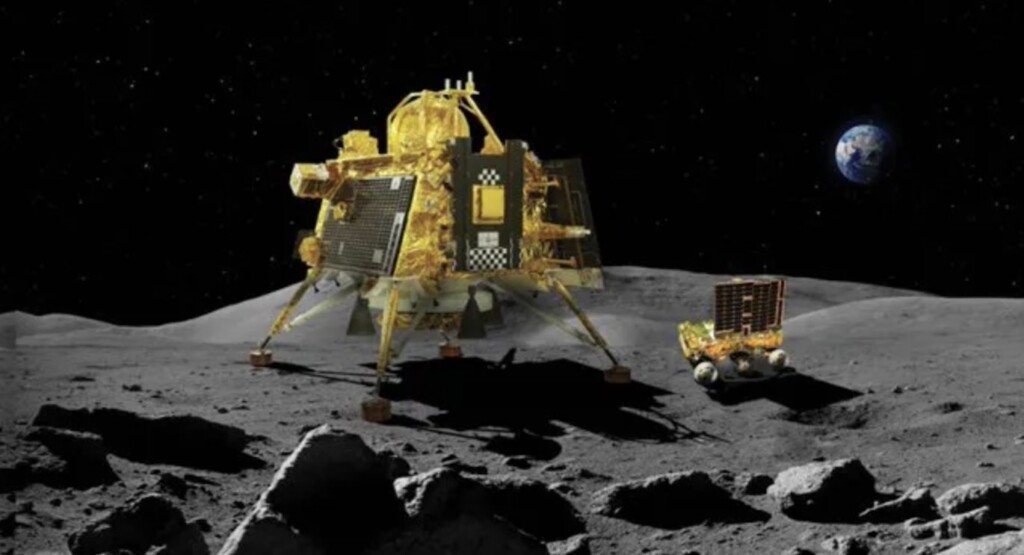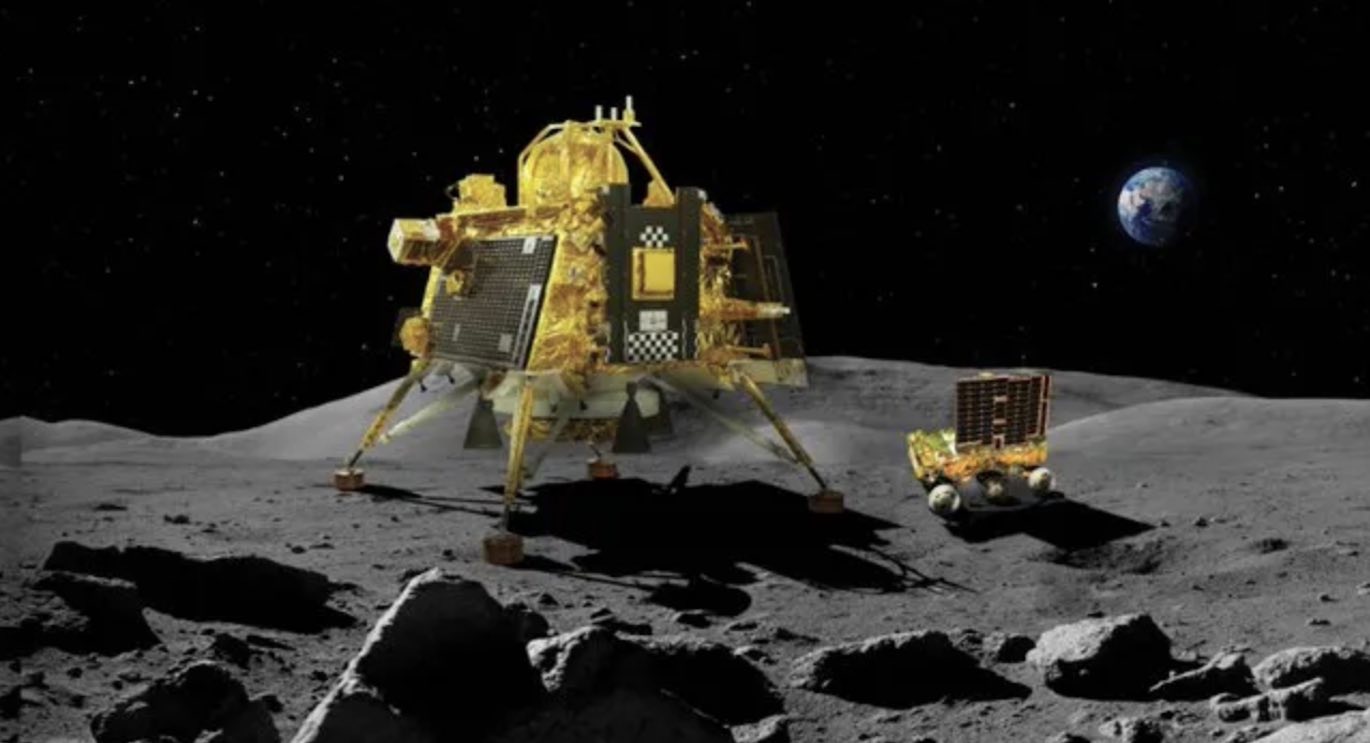
“India is on the Moon,” exclaimed S. Somanath, chief of the Indian Space Research Organisation (ISRO) after their lander/rover combo touched down on the Lunar South Pole on Wednesday, August 23.
In doing so India became the fourth nation to operate on the Moon after the US, Russia, and China, while also beating Japan to our nearest satellite after their attempted mission failed after hitting a crater rim. India is the first-ever nation to visit the South Polar Region.
Nestled between Manzinus C and Simpelius N craters, the Chandrayaan-3 mission is reportedly working well, with both the Vikram lander and the Pragyan rover establishing communications with ISRO command center and deploying solar panels.
The pair comes equipped with a variety of scientific instruments. The Vikram lander has 4 in total, including a seismometer to detect moonquakes, and a passive laser array. Another, a thermophysical probe, is already returning data after having drilled into the Lunar surface to measure temperature differentiations between various depths.
A fourth Vikram instrument, reports Space.com, will study the Moon’s ionosphere, which is filled with electrons and ions formed largely as a result of solar radiation. Indian physicists hope to determine if the ionosphere remains stable over time or changes in density.
The southern pole of the Moon is believed to potentially contain large amounts of frozen water trapped in ice. To that end, the Pragyan rover will spend 2 weeks trundling about examining the messy mixture of small rocks and dust known as regolith.
The ice is believed to be located at the bottom of permanently shadowed craters. Along with water for astronauts, potential harvesting of this water could also mean in situ production of rocket propellant for return journeys. Both uses would dramatically reduce the cost of manned lunar missions.
MORE SPACE MISSIONS: For New Rover, NASA is Swapping Buggy Shape for a Giant Snake in Hopes it Can Explore Icy Moon of Saturn
Another potential use of those craters, because of their permanent umbrage, is the placement of sophisticated space telescopes that would allow scientists to peer farther into the universe.
Nations need to be thrifty in space, and the thrust module that brought the lander and rover to the Moon is also equipped with a science instrument, one that will monitor the orbit of Earth as if it were an exoplanet.
Vikram is Sanskrit for valor, while Pragyan is wisdom.
WATCH the landing video below…
SHARE India’s Own One Giant Leap With Your Friends…




















